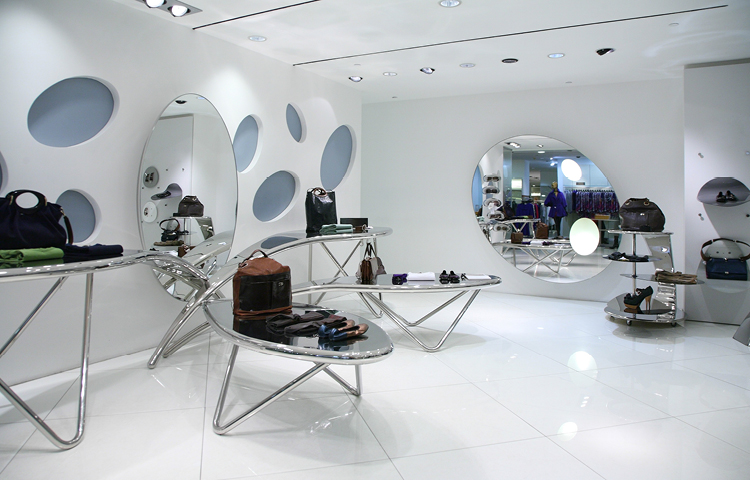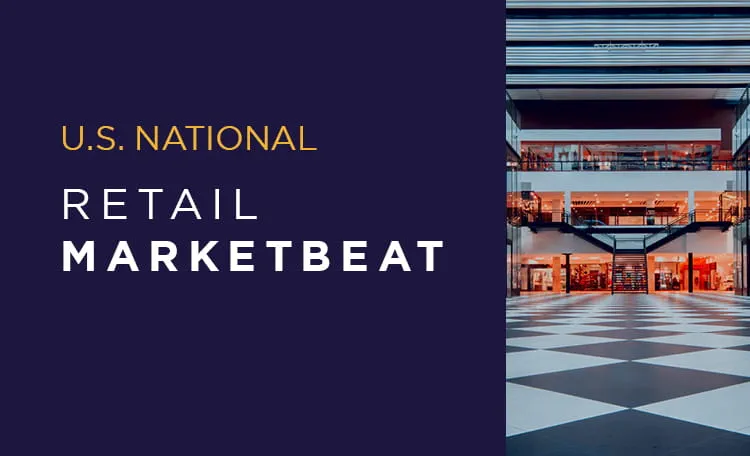As the COVID-19 pandemic surged, many speculated that the increase of e-commerce activity would forever change the retail landscape, eliminating the need for the physical store. But today, e-commerce sales are leveling off at around 21% of core retail sales,1 down from nearly 23% in 2020 at the height of the pandemic.2 And in the first five months of 2022, retailers have opened more than 4,200 stores, exceeding this year’s store closings by 240% and putting 2022 on track to be the first year of net-positive store openings since 2016.3
This is all a clear indication that retail stores are here to stay—and that’s because they do much more than just serve as a place to shop.
- Stores Drive Growth for Emerging Brands: In 2021, new retail businesses skyrocketed 50% over the average growth rate from 2016-2020.4 Much of this growth has been fueled by the 45% increase in e-commerce and the more than $14 billion investment5 infusion in new brands by venture capitalists over the past two years. Although we have seen great success with digital-only brands, increasingly more retailers are recognizing that a physical store helps to drive growth and create brand awareness External Link. Physical stores ensure an immersive customer experience, reduce customer acquisition costs and help build a longer lasting relationship. Brands like Warby Parker, Allbirds, Untuckit and Brilliant Earth are great examples of brands that exponentially grew their business by expanding from online to in-store.
- Stores Complete the Brand Experience: A meaningful brand experience helps retailers convert consumers and drive sales. To achieve this, consumers need to engage all their senses in the brand—and a physical store location allows them to do just that. New retailers can introduce customers to their products, promotions and ethos, while existing retailers can evolve their brand by testing new merchandise, in-store consumer journeys and marketing materials. Technology advancements, including buy online, pick up in store; diverse payment types; and inventory transparency are also important to the overall brand experience.
- Stores Are Part of the Supply Chain Ecosystem: Retail brands are creating a true ecosystem focused on exposing inventory, improving delivery, reducing carbon footprint and satisfying consumer demands. Stores can create their own hub-and-spoke supply chain to meet community demands, be used as a local fulfillment center for e-commerce orders, allow customers to buy online and pick up in store, and ensure returns are simple and inexpensive. Stores also provide consumers with a place to “speak to someone,” ensuring problems can be solved, questions can be answered, and the brand experience is protected by an ambassador.
- Stores Provide Immediate Access to Product: While many retailers are offering convenient services such as free or next day shipping, shopping in a store provides instant gratification. Engaging with store staff, learning about new products and trying on items before you buy, are all part of a great brand experience. Additionally, for many, shopping is an essential social activity that brings friends and family together. Who hasn’t dropped by the mall after school with friends or spent a Saturday afternoon running errands and grabbing lunch with family? Stores make this possible!
- Stores are Important to Communities: Retailers significantly contribute to communities by driving engagement and providing tax revenue that pays for schools, emergency services and other valuable benefits. In 2019 and 2020, 19,520 physical stores closed their doors,6 creating tremendous stress for these communities, as well as landlords and developers. As we move through 2022 and into 2023, retail brands are embracing a localized consumer experience to drive new engagement. Nike, IKEA and Nordstrom are customizing product offerings to attract local audiences. Casper, Camp, Lego and Tesla are incorporating personalization, unique points of engagement and specialized services to attract new footsteps. Food and beverage brands are examining demographics to embrace the nuances of communities, while new “medtail External Link,” daycare and STEM concepts (science, technology, engineering and math) are bringing health, safety and educational opportunities to residents. Stores not only drive revenue for a community, but they create a place to gather, to share experiences, and to enrich lives.
Stores are Here to Stay
As we look to the future of retail, brick-and-mortar is clearly an important part of the landscape. In fact, Cushman & Wakefield research predicts that in the coming years, north of 80% of all retail sales will still be completed in physical locations. Stores are here to stay because they:
- Enable consumers to encounter new brands, engage with ambassadors and product specialists, and secure merchandise immediately;
- Support the overall omnichannel shopping experience for a retailer and can serve multiple purposes and business goals;
- Bring new experiences and services to communities, further supporting their infrastructure; and
- Entertain, engage and inspire just like a great movie—and are simply part of our social fabric.
|
1 excludes gas, motor vehicles, and dining |
3 Coresight Research |
5 2pm, Crunchbase 6 Coresight Research |




